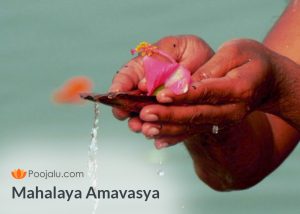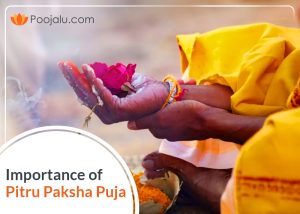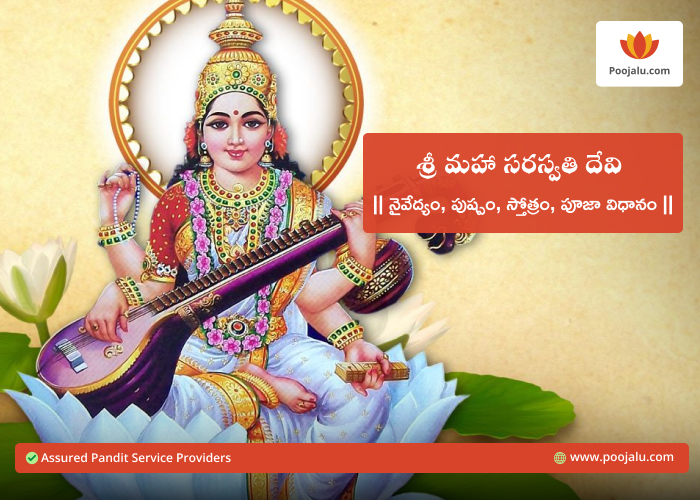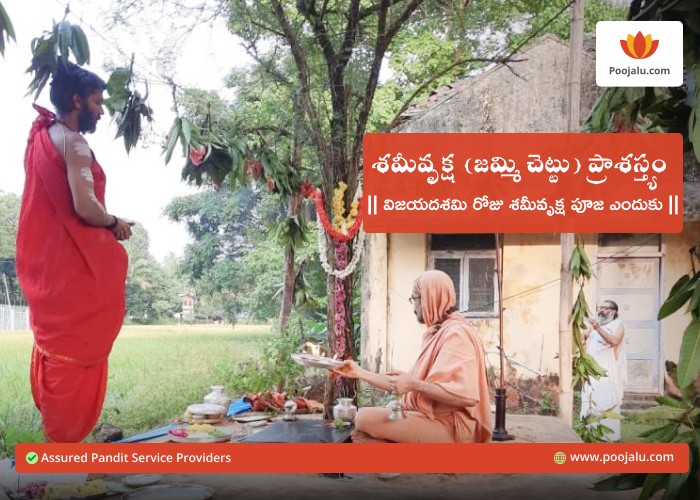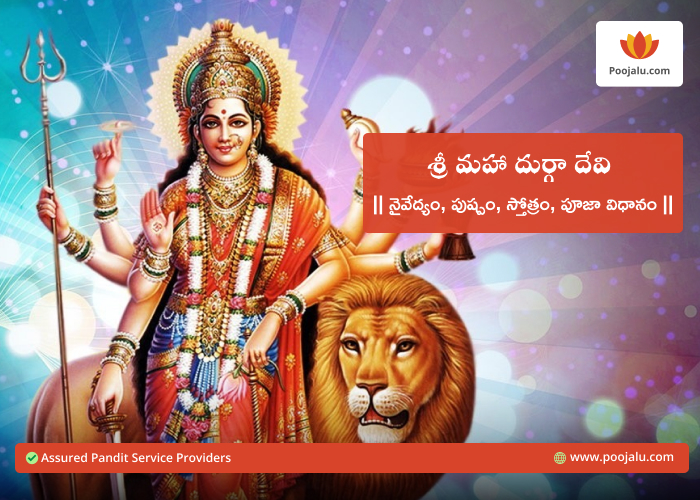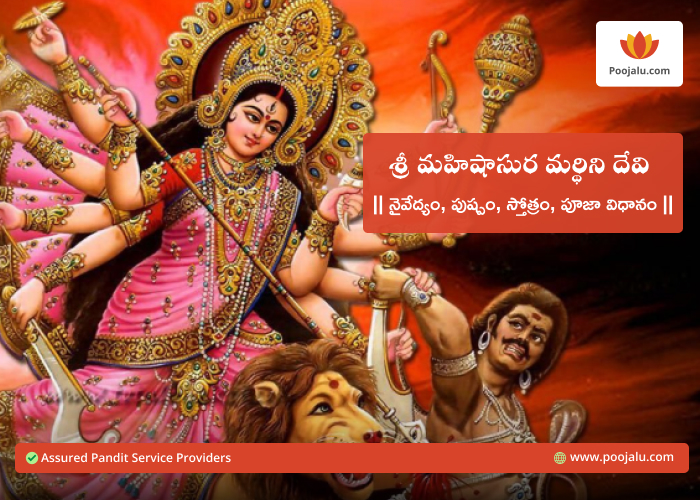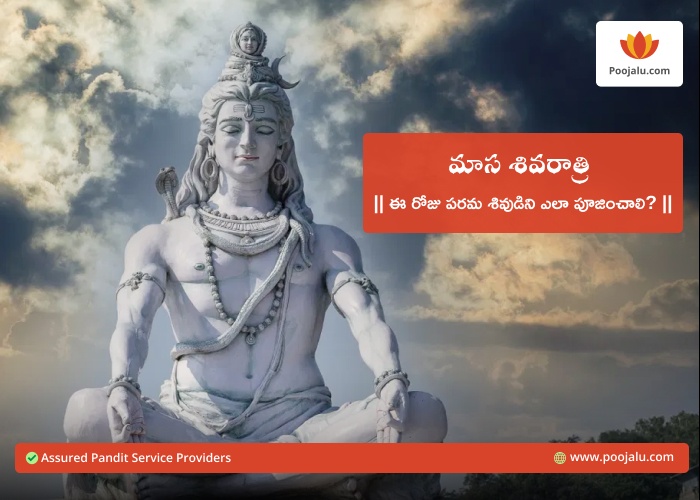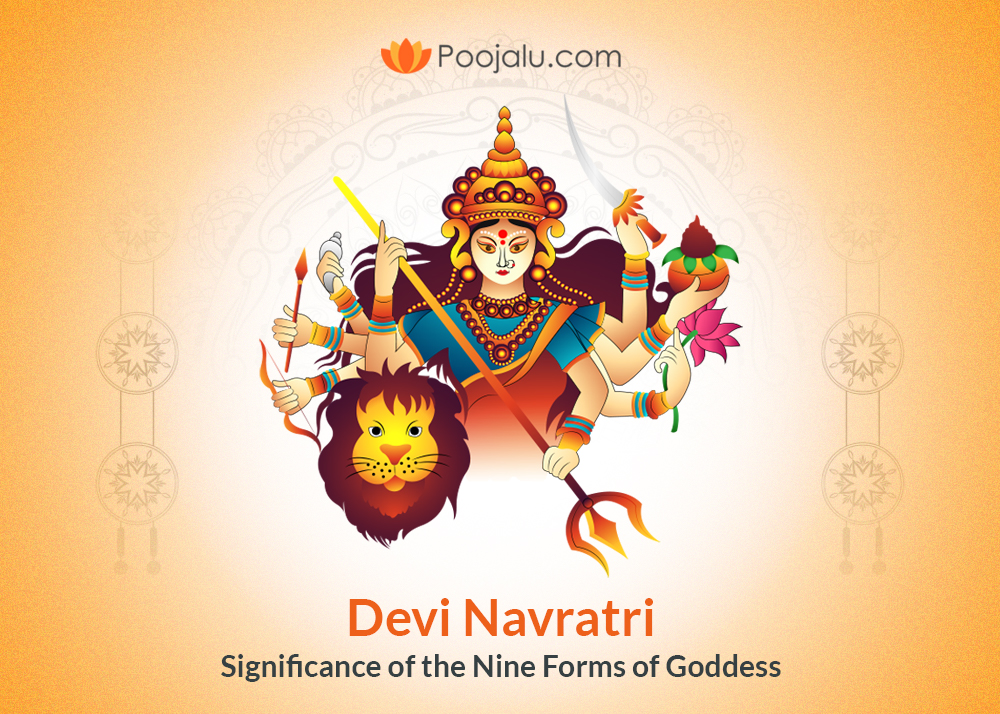
Navratri is one of the most anticipated festivals in India. Women usually celebrate this festival to seek well-being and vitality for themselves along with their family members. Devi Navratri is celebrated and makes the most matriarchal festival to worship Goddess Parvati in 9 avatars of Durga Devi.
The name Navratri special denotes 9 nights of worshipping 9 forms of Durga Devi. The night offers rest and rejuvenation for the human body to have a deep sleep for themselves to feel refreshed for the next day; during Navratri time of the year when people devote their 9 Nights to Durga Devi for them to set themselves apart from negative feelings and evil doings(karma). This indeed gives them a sense of spiritual well-being. Devotees indulge in activities during these 9 days of Navratri, such as fasting, meditation, chanting prayers, and worshipping Goddess Parvati.
Significance of Navratri
Navaratri also has meaning for people who live worldly lives; it is not just crucial for spiritual aspirants. They should do Goddess Lakshmi Puja for serenity & prosperity, perform Durga Puja for assistance in overcoming challenges and meditate on Goddess Saraswati to learn more. These three components are equally essential for living an entire and whole existence in the outside world. When we pray this way, we only call up the Shakti within us. Navratri puja may help you experience a profound renewal, resulting in a turning point for your ideas, mind, and body.
Observe fasts with fruit and milk, chanting mantras, singing songs to Devi in Her many forms, praying, meditating, and reciting holy texts such as the Devi Mahatmya, Sri Lalita Sahasranama, and the Durga Saptashati Havan are some of the spiritual activities connected with Navaratri. Fasting and meditation are practiced till the end of Dussehra to decompress life’s stresses, and spiritual activities promote restful sleep. According to prevalent belief, these rituals call upon the forces of the cosmos and nourish the human soul, helping us become better people.
Many believe that the Durga Devi represents the cosmic energy that powers the entire earth. Humans, therefore, abstain from worldly pursuits throughout the ceremony to reach a state of concentration and absorb this energy over the nine days. It is significant because it is thought that all people possess this energy, which, when properly channelled, may result in happiness, joy, and success.
Navratri Colours
Since many years ago, particular colours have been associated with each Navratri day
while performing Durga puja. Therefore, as a statement of unity and to increase the goddess’s presence, devotees wear that colour on that day. Book Pandit for Durga Puja
Day 1 (Sept 26, Monday): Orange
Day 2 (Sept 27, Tuesday): White
Day 3 (Sept 28, Wednesday): Red
Day 4 (Sept 29, Thursday): Royal Blue
Day 5 (Sept 30, Friday): Yellow
Day 6 (Oct 1, Saturday): Green
Day 7 (Oct 2, Sunday): Grey
Day 8 (Oct 3, Monday): Purple
Day 9 (Oct 4, Tuesday): Peacock Green
9 days of Navratri puja is to worship the goddess Parvati or Navadurga in one of her nine manifestations or avatars, each of which has a distinctive personality and characteristic. Overall, the devotees pray to her for complete blessings daily.
Below we have mentioned the Nava Durga names according to the 9 days of Navratri Devi names and the form she takes for defeating Mahishasura.
Day 1: Shailputri Devi – Swarna Kavachalankrutha Devi
On the first day of Navratri, Maa Shailaputri, also called Swarna Kavachalankrutha Devi, is worshipped since she is an incarnation of the Goddess Durga. She rides a bull (Nandi) and bears a lotus in one hand and a trident in the other. Maa Shailputri is highly revered, and her blessings are said to help her followers live happy and prosperous lives.
Day 2: Brahmacharini Devi- Bala Tripura Sundari Devi
Brahmacharini is worshipped on the second day. This is the manifestation of Goddess Parvati after her severe penance. This deity, who wears rudraksha mala, is a wellspring of learning and understanding. She carries a rosary and a water pitcher (Kumbh) in her hands. Since “Brahma” refers to divine consciousness and “achar” refers to action, this day becomes especially hallowed for meditation. The day’s colour is green, representing both nature and wealth. By doing this, one can invoke blessings for enlightenment, development, and tranquillity.
Day 3: Chandraghanta Devi- Gayatri Devi
While the other nine arms each carry a particular item or weapon, she utilises her tenth arm to bless her followers. She held a Kamandalu (Watering Pot) in one hand and a Trishula (Trident) in two hands. Maa Chandraghanta also wields a bell, a sword, a bow and arrow, a Gada (mace), and a Kamala (Lotus). The lion serves as Maa Chandraghanta’s vehicle. This Maa Durga avatar demonstrates that she can be both terrible to her foes and kind to her followers. She is renowned for bestowing supernatural grace and courage upon her believers. One of Goddess Durga’s most potent incarnations, Maa Chandraghanta Devi, is famous for providing respite from pain and anguish.
Day 4: Kushmanda Devi- Annapoorna Devi
Maa Kushmanda is credited with creating this Universe and is said to be a manifestation of Shakti. The three celestial goddesses and other gods were also made by her, along with driving out the darkness. She has eight limbs in all and rides a tiger. Each of these arms is holding a different item or weapon. She is frequently seen carrying a Kamandalu, a lotus, a mace, a rosary, a disc, and a bow and arrow (Watering Pot). Maa Kushmanda is the origin of all energy and is a heavenly, immortal deity. She is renowned for bestowing her worshipper’s health, riches, and knowledge and shielding them from life’s difficulties.
Day 5: Skandamata Devi- Sri Lalita Tripura Sundari Mata
Parvati helped bring Lord Skanda into this realm by doing penance to Lord Shiva. Skandmata is hence revered during Navratri. She is the mother of a strong and talented child who brought harmony and serenity to our society. Skandmata has four limbs, sits on a lotus, and rides a lion. She also carries Lord Kartikeya in her third hand, blesses all of her followers with her fourth hand, and holds a lotus in two of her hands.
Day 6: Katyayani Devi
She is sometimes called Mahishasurmardini since Maa Katyayani killed and conquered Mahishasura. Unmarried women frequently follow fasts and offer prayers to Maa Katyayani in different regions of India to find a devoted spouse. She is shown as having four hands and is a form of the Goddess Durga. She has a sword in one hand, a lotus in two, and a fourth hand for blessing her followers. She is said to shield her followers from all forms of harm and bestow upon them joy and happiness.
Day 7: Kaalratri Devi
All demons and evil spirits are terrified of her since she is a fierce incarnation of Goddess Durga. She is renowned for having long, unbound hair and admiringly dark skin. Maa Kaalratri has four hands, is covered in blood, and is adorned with a garland of skulls. She has two hands in the Abhaya (protection) and Varada (blessing) postures; the other two hold a scimitar and a thunderbolt. As a result, it is thought that Maa Kaalratri bestows blessings and shields her followers from all harm. Therefore, she is revered and worshipped during the Navratri festival because she has the power to extinguish all evil and bring about universal peace.
Day 8: Mahagauri Devi- Durga Devi
Maa Parvati earned the name Mahagauri because of her radiant brightness. She has four arms, is dressed in white, and rides a white bull. She uses her fourth hand to bless all her followers while holding a Trishul (trident), a lotus, and a drum in her other three hands. Maa Mahagauri symbolises the innocence and inherent beauty of all living things. She is a kind Goddess who looks out for her followers and supports them in overcoming obstacles.
Day 9: Siddhidatri Devi
Maa Siddhidatri is seen sitting on a lion or a lotus. She has four arms; in each, she carries a conch shell, a mace, a lotus, and a discus. Maa Siddhidatri, worshipped on the ninth day of Navratri, holds the Ashta Siddhi. It is said that Maa Siddhidatri bestows spiritual understanding upon her worshippers and that she also purges ignorance.
Closing Note
The purpose of the 9 days of Navratri and Dussehra is to worship the feminine in various ways. The devotees worship Durga Devi, who purges impurities; Lakshmi Devi, who bestows spiritual prosperity; and Saraswati Devi, the goddess of wisdom and knowledge.
On the ninth day, Saraswati Pooja and Ayudha Pooja are presented to Durga Devi, who assumes the avatar of Saraswati Devi, the goddess of knowledge and learning, during the final three days of Navratri. Durga Mata is surrounded by books, musical instruments, and other work-related materials. As part of the Ayudha Pooja, translated literally as “worshipping weapons or tools,” a pooja is performed for vehicles and tools.
In all her manifestations, the divine triumphs on the tenth day of Vijayadashami also called Dasara or Dussehra festival. On this day, one is said to be blessed with success in all of their undertakings. To seek Goddess Saraswati’s blessings, devotees do a Saraswati Puja (Vidyarambham). To commemorate Durga’s triumph over the demonic Mahishasura, some worshippers also carry out dashara puja in her honour.
Making various lentil dishes daily is an intriguing custom associated with Navratri. According to a spiritual tradition, each of the nine lentils is a Nava Dhaanya or connected to one of the nine planets in celestial mythology. Traditionally, protein-rich lentil dishes are made each of the nine days to strengthen immunity as the season’s change, and the temperature becomes colder.
Hope you had a wonderful time reading our blog about Navratri, Durga Puja & Dussehra. Wishing you and your family a Happy Navratri!

